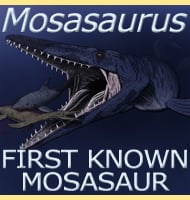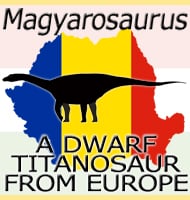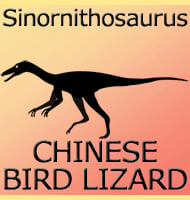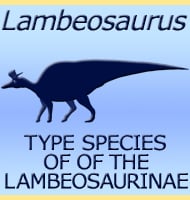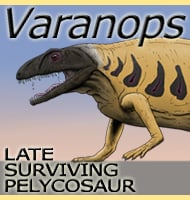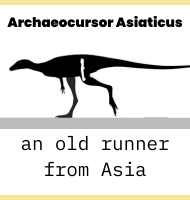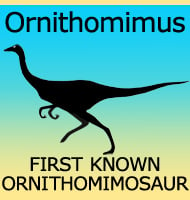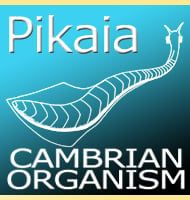In Depth
A small alvarezsaur, one of the notable things about Albinykus is that even though it is only known by its hind quarters, these were found in a crouching position. Oviraptosaurs and troodonts are also known to have crouched, so the discovery that alvarezsaurs like Albinykus could also enter this position indicates that crouching in at least some theropod (mostly maniraptorian) dinosaurs was fairly common.
Unfortunately the lack of further skeletal and cranial remains means that there is still much we don’t know about this genus, but as an alvarezsaur, Albinykus would be expected to have very short stubby arms, possibly ending in just a single claw, while possibly being insectivorous in its dietary habits. While the exact size of Albinykus is unknown, the remains of the holotype indicate that this was one of the smallest alvaresaurs so far discovered.
Further Reading
- A small alvarezsaurid from the eastern Gobi Desert offers insight into evolutionary patterns in the Alvarezsauroidea, Sterling J. Nesbitt, Julia A. Clarke, Alan H. Turner and Mark A. Norell - 2011.

